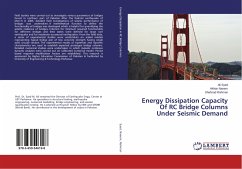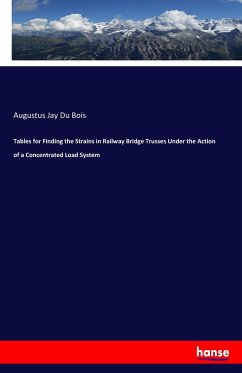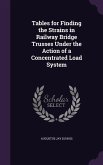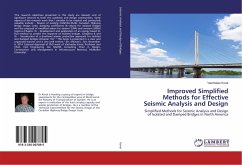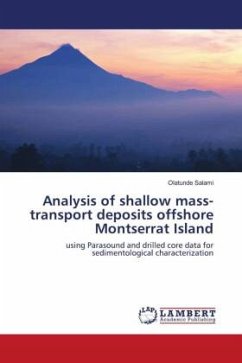Field studies were carried out to investigate various parameters of bridges found in northern part of Pakistan. After the Kashmir earthquake of Mw7.6 in 2005, detailed field investigations of seismic performance of bridges was undertaken. A mathematical function to define the functionality of bridges was developed which is helpful for quantifying the seismic resilience of bridges. Criterion for minimum required functionality for different bridges and limit states were defined for large rare earthquake and for moderate occasional earthquakes. From the field data, a series of experimental studies were undertaken on scaled models representing typical bridge pier of low concrete strength having single solid circular section. The experimental results of hysteresis and dynamic characteristics are used to establish expected prototype bridge columns. Detailed numerical studies were undertaken in which inelastic nonlinear dynamic analyses were carried out on calibrated numerical model. Period based response modification factors are established. This research is sponsored by Higher Education Commission of Pakistan & facilitated by University of Engineering & Technology Peshawar.

